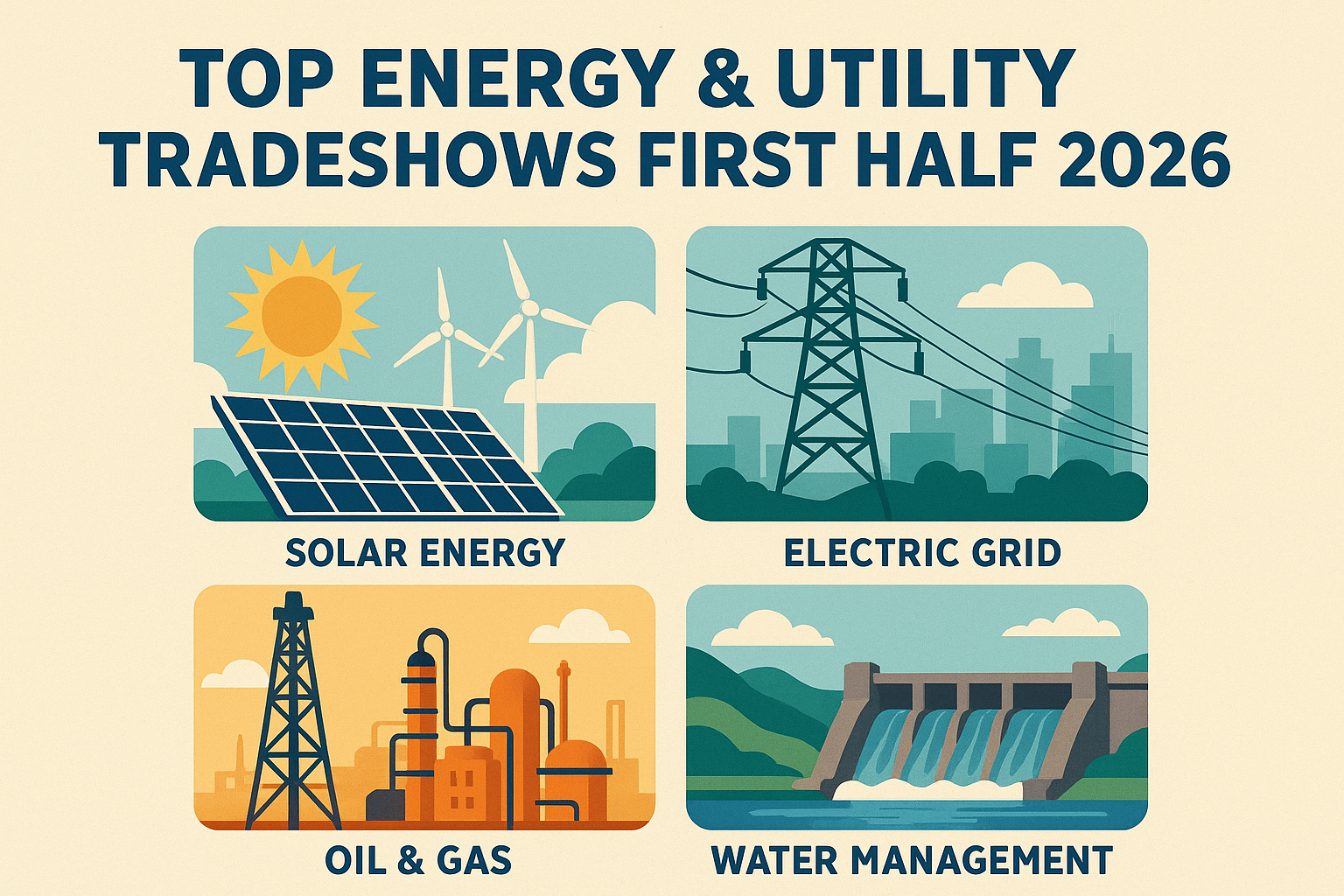Salespeople know that B2B prospecting is no cakewalk.
But then, without a high quality pipeline, no new sales is likely to take place. Prospecting, while not as exciting as closing a deal, is the foundation for your sales journey with a potential customer.

The logic is simple: the more prospects on your list, the more chances you have of closing a sale, as every prospect represents an opportunity.
To a large extent, it also determines how far down the road your relationship will go.
That said, 42% of sales reps named prospecting as the most challenging stage of the sale process. Source
This is because the traditional route meant long hours building list of prospects, validating their data accuracy, writing emails, and hammering away at cold calls through the day. And if the prospects are not relevant to your business, it only results in one rejection after the next. Not the most inspiring way to start a work week.
So what has changed?
Newer tools and processes that incorporate sophisticated technology and AI.
Let us see how:
What is sales prospecting?
Sales prospecting is all about finding potential and relevant buyers or customers – also known as prospects – for your product or service and reaching out to them. The aim is to enter them into a sales funnel where they’ll stay until you close the deal.
So how can we break down prospecting into smaller processes?
1. Finding the right prospects
Figuring out which names on your list are more likely to convert than others is a challenge. An SDR might be handed a list of 500 prospects from his team leader and then rely entirely on intuition to gauge which ones to write to first. If you’re that SDR, you could save valuable time and effort by leveraging AI to do this for you. Al account prioritization tools like B2Brain compile data like industry, funding, company size, engagement rates, and so forth to make recommendations to sales professionals on where to focus their attention for increased results.
But the game has changed considerably from the old days. For instance, your prospect isn’t waiting by the phone anymore and likely has an inbox that is already inundated with emails. So the question becomes: how do you capture attention before you even get to hello?
2. Getting their attention
To get a prospect’s attention, you need to be authentic and relevant to them. And this is where account intelligence companies like B2Brain can level-up the playing field. Receive key intel about funding, leadership changes, and new products all with a simple click of a button. Now your prospecting strategy can be keenly targeted toward contributing specific value. This is far less likely to be turned down than a generic deck of product features with a cookie cutter template email.
3. Handle objections
Expect objections because these are a given in this line of work. Are they frustrating? Yes. And more so, if you hear the same ones repeatedly. But finding patterns like these are the best clues to better understanding your prospect, their needs, and priorities. Use objections much like prized data to tailor solution-oriented responses – whether about cost, onboarding, or a given product or service. All data is intel.
4. Keep the conversation moving
Often sales prospecting takes a long time to move forward. Particularly with enterprises, the sales cycle may last as long as a year! To close a deal, one needs to end every conversation with a clear indicator of the next step that gets you closer to the “close”. While you don’t want to ‘rush’ the process or appear ‘pushy’ – good sales prospecting is polite, specific and considerate to the prospect.
Here are examples of what not to do and what might be better:
What not to do: “Bumping this up in your inbox”
What might be better: “In our last conversation, you mentioned the need to include your counterpart from Procurement. When might be a good time to discuss next steps?”
5. See the bigger picture
It’s easy to get lost in the day-to-day of client meetings, prospecting, research, and so forth. But taking the time to zoom out ever so often by using prospecting tools like SalesLoft and Prospect.io that will track progress will give you an idea of where your sales team is heading for the month, the quarter, and the year. Being organized via an integrated CRM can save you hours of manual data entry. Plus it helps you map where your focus should be – with prospects showing more promise than others.
Now you’ve got an overflowing pipeline of potential prospects with research that took you minutes instead of hours and an increased chance of conversions – all of this with substantially less effort. The bottom line: sales prospecting is crucial for the health and success of your business. The macro environment today is one where companies need to figure out survival or growth amidst challenging economic situations. Prospecting gets you prepared like nothing else, to grow smartly and have a finger on the pulse of the industry.




